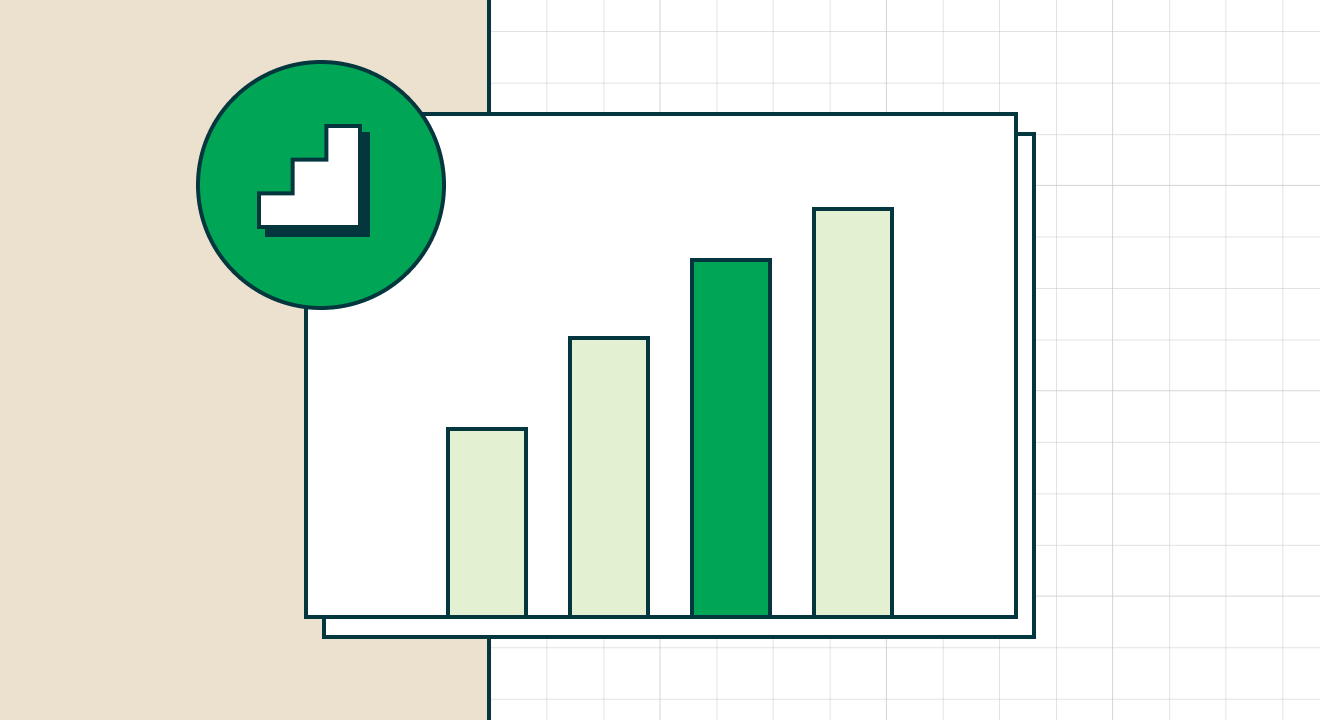Article • 4 min read
Rising to the top—these CX leaders are up for solving complex service challenges
Trying to find the right balance between human agents and AI? Customer data split across systems and apps? Struggling to hire and retain support talent? You may be a CX Riser.
Heather Hudson
Contributing Writer
上次更新日期: October 2, 2024
Delivering truly world-class customer experience is a challenge in this (and any) economic climate, where leaders must stay on top of service best practices and customer expectations to remain competitive.
To find out how CX leaders do this, Zendesk surveyed nearly 5,000 customer service decision-makers around the world and compiled the results into our 2022 CX Accelerator report. In addition to a wealth of insights and action plans, the report breaks down CX organizations into four distinct groups based on their placement in our maturity scale model: Starters, Emergers, Risers, and CX Champions.
This article focuses on Risers—organizations nipping at the heels of CX Champions with KPIs that almost put them into the highest-performing zone.
Without a doubt, Risers are successful, yet success comes with a host of challenges. Unlike those who are just getting started, these orgs may have legacy tools and workflows in place and any changes leaders want to make may require deep consideration of how to eliminate silos, streamline processes, and integrate customer data to enable more personalized experiences.
Difficult? Maybe. Impossible? Not at all. Let’s look at common challenges for Risers and the actions they can take to become CX Champions.
You’ve almost arrived
Risers are developed service organizations that are typically beginning to bring some laser-eye focus to how to increase revenue and really harness AI and chatbots to drive efficiency and bring the most customer context into each interaction. If this feels familiar, then you’re no stranger to the value that service orgs can bring to the overall business. You also have a deeper understanding of your customer base, and how customers move between mobile and other devices to connect.
Even so, many Risers reported pain points like:
Overwhelmed agents don’t have the resources they need to deliver conversational service
Not ideal real-time visibility into performance metrics and the customer journey
Needing to find a smart balance between human agents and AI/automation
Finding it difficult to get a complete picture of customers because data is fragmented across multiple systems and apps
Proactive purchase recommendations are not yet driving incremental revenue growth
Bringing on and retaining support talent is a challenge
Become a CX Champion
Truly the margins between Risers and CX Champions are narrow, and there’s a good opportunity to leverage your customer experience to grab market share from your competitors. Here are some actions Risers can take to differentiate and elevate service.
Support your customers:
- Bring in automation at key touchpoints: A no-code chatbot can provide instant answers, eliminating wait times and freeing agents to manage higher priority tickets.
- Work smarter, not harder: Let technology shoulder the load. AI and app integrations can help you improve workflow, efficiency, and productivity.
- Optimize customer experiences: AI-powered tools can help you identify gaps in your help center content and equip agents with full context and interaction history so you can offer more personalized service.
Support your agents:
- Get proactive: Incentivize your agents by tying their performance KPIs to the company’s incremental revenue growth. That can be achieved through automated bots, which can supply the customer with proactive purchase recommendations and help free up agents’ time for more hands-on interactions.
- Value quality over quantity: Bring in only the best-in-breed apps that offer a complete view of customer data in a single client workspace. Discard tools that don’t use modern APIs so your agents aren’t toggling between screens to serve customers.
- Prioritize agent well-being: Invest in agent training and incentives to increase job satisfaction and promote productivity. Use tools that boost efficiency and collaboration so agents can see that their time is valuable.
Build in operational efficiencies:
- Adopt agile systems and processes: Your support system should allow you to share customer knowledge across the organization—and especially with your sales team—so that data doesn’t live in silos. This allows you to avoid an easy faux pas like attempting to sell a customer on a renewal when they’ve had major service issues or complaints.
- Optimize with data: Use data and feedback to get more insight into the customer experience. Consider apps that allow you to easily monitor customer interactions across multiple channels and generate real-time reports to easily identify areas for improvement.
So many leaders are being asked to step up while simultaneously tightening their purse strings; this can feel daunting but there is still plenty of room for growth. And these strides, especially when you can strike the right balance between automation and human support, can lead to evolving the role of your support team to outperform the competition.
Eager to move up the ladder? Here’s how to reach CX Champion status.
